Abandoned Rate Are Killing Your Sales–The Comprehensive Guide to Stop It Fast

Imagine this: a customer browses your store, clicks “Add to Cart,” and then vanishes. No purchase. No revenue. Just silence.
The Baymard Institute's data suggests that the average cart abandonment rate in e-commerce reaches 70.19%. That means nearly 7 out of every 10 potential buyers leave without completing their purchase. For online sellers, this is not just a UX issue—it’s a revenue crisis.
If you’re investing in traffic, ads, and content, only to watch shoppers disappear at the last mile, this article is for you. We’ll unpack exactly what abandonment rate means, why it’s so high, and what actionable strategies top-performing sellers are using to fix it.
| Get Started Now to Grow Your Online Business with the Best AliExpress Dropshipping Tool - DSers! |
What Is Abandonment Rate?
In the realm of e-commerce, the abandonment rate is defined as the proportion of users who initiate a desired action, such as starting the checkout process, yet do not see it through to completion. This metric holds significant importance within your sales funnel.
Understanding where and why users drop off during their journey is crucial for optimizing conversion rates. Below are the primary types of abandonment that businesses track to identify friction points and improve user experience:

There are several key types:
Cart Abandonment Rate
- Definition: It’s when shoppers add products to their cart but leave before even beginning to check out.
- Common Causes: Unexpected costs (e.g., high shipping fees), complicated navigation, or simply browsing without intent to purchase.
- Example: A customer adds a pair of shoes to their cart but leaves the site after seeing a $10 delivery charge at checkout.
- Impact: High cart abandonment can indicate pricing transparency issues or a lack of persuasive incentives (e.g., discounts, free shipping thresholds).
Checkout Abandonment Rate
- Definition: This happens when users start the checkout process but fail to complete their purchase.
- Common Causes: Lengthy or complex checkout forms, mandatory account creation, payment security concerns, or limited payment options.
- Example: A user enters their shipping details but abandons the process when forced to create an account instead of checking out as a guest.
- Impact: Checkout abandonment directly affects revenue, highlighting the need for streamlined processes and trust signals (e.g., secure payment badges).
Form Abandonment
- Definition: This occurs when users begin filling out a form (e.g., registration, lead generation, or shipping information) but do not submit it.
- Common Causes: Excessive fields, unclear instructions, privacy concerns, or technical errors (e.g., form freezing).
- Example: A visitor starts signing up for a newsletter but exits midway because the form asks for too much personal information.
- Impact: High form abandonment can hurt lead generation and customer acquisition efforts, emphasizing the need for minimal, user-friendly forms.
Formula:

Tracking abandonment helps pinpoint the exact stage where your funnel is leaking potential revenue, allowing you to diagnose friction points, optimize user experience, and recover lost conversions.
Why Sellers Should Care About Abandonment Rate
The abandonment rate is not just a disheartening metric; it serves as a mirror that reflects profound issues in your customer journey.
Here's why it matters:
1. Revenue Loss: The Immediate Impact on Your Profits
Every abandoned cart represents a lost sale—and those losses add up quickly. With the average e-commerce abandonment rate hovering around 70%, even a small improvement (e.g., reducing it by 5-10%) can recover thousands in revenue. For businesses dealing in high-value products or services, this could translate to annual gains in the six-figure range.
2. Conversion Rate Killer: Wasted Traffic & Wasted Ad Spend
A high abandonment rate means your website attracts interest but fails to convert visitors into buyers. If you're running paid ads (Google, TikTok), this becomes an expensive leak—you’ve already paid to acquire those visitors, but they leave before completing a purchase. Fixing abandonment turns wasted clicks into profitable conversions.
3. Customer Behavior Insights: Pinpointing Friction Points
Abandonment isn’t random—it reveals exactly where customers hit roadblocks. If users consistently drop off at:
- Payment pages → Hidden fees, lack of payment options, or security concerns may be the issue.
- Shipping pages → Unexpected costs or slow delivery times could be the culprit.
- Account sign-up prompts → Forced registration may be driving users away.By analyzing abandonment patterns, you can strategically eliminate friction and streamline the buying process.
4. Impacts Your CAC & LTV: The Hidden Cost of Abandonment
When users abandon carts, your Customer Acquisition Cost (CAC) increases because you’ve spent money acquiring non-converting visitors. Meanwhile, your Customer Lifetime Value (LTV) suffers because fewer users complete purchases. Over time, this imbalance erodes profitability—especially in competitive markets where margins are tight.
Top Reasons Behind High Abandonment Rates
Understanding the root causes is the initial step toward reducing abandonment.
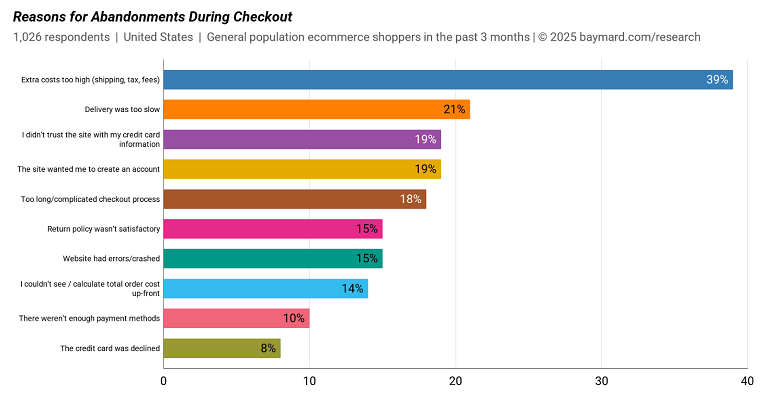
1. Unexpected Costs
Why it happens: Shoppers hate surprises—especially when it comes to price. If taxes, shipping fees, or handling charges appear only at checkout (instead of upfront), 39% of users will abandon their carts.
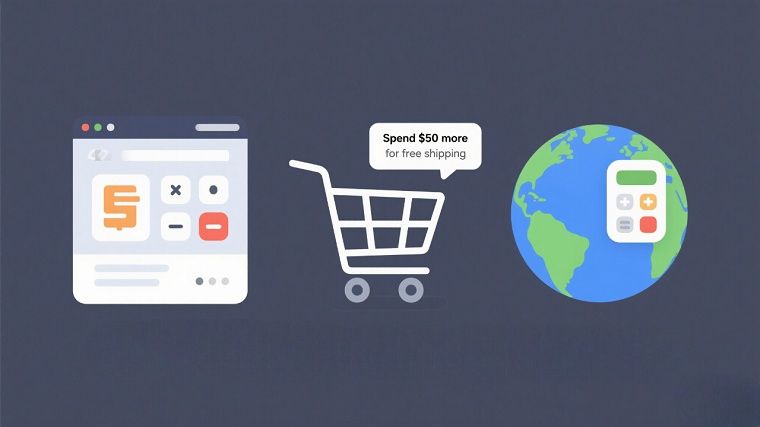
Fix it:
- Show all costs early (e.g., shipping calculator on product pages).
- Offer free shipping with spending thresholds, such as "Get free shipping when you spend an extra $50".
- Use duty/tax calculators for international shoppers.
2. Forced Account Creation
Why it happens: Many shoppers just want to buy quickly as guests—forcing registration adds unnecessary steps. 19% of users abandon carts when asked to create an account.
Fix it:
- Offer a guest checkout option.
- Enable social logins through Google, Facebook, and Apple to simplify the sign-up process.
- Use post-purchase account creation (e.g., “Save your info for next time?”).

3. Complicated Checkout Process
Why it happens: Lengthy forms, unclear steps, or excessive fields overwhelm users. A complex checkout process leads 18% of users to abandon their purchases.
Fix it:
- Reduce form fields (autofill address, fewer required fields).
- Use a progress bar (e.g., “Step 1 of 3”).
- Implement one-click upsells (instead of redirecting to a new page).
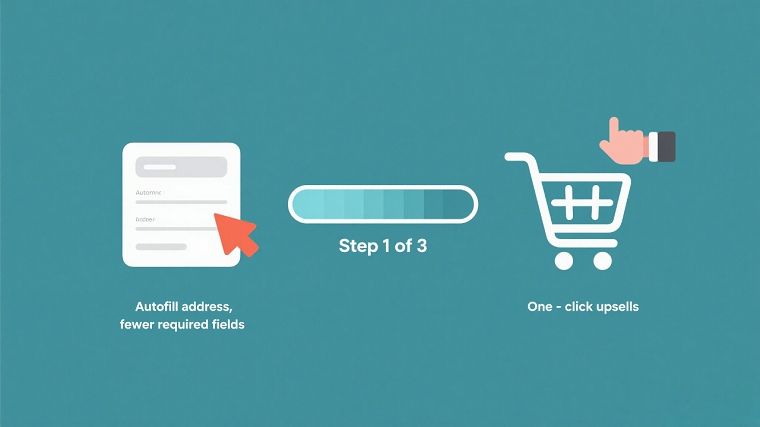
4. Lack of Trust Signals
Why it happens: No SSL badge, poor design, missing reviews, or unclear policies make shoppers doubt your legitimacy. 19% abandon due to security concerns.
Fix it:
- Display trust badges (SSL, Norton Secured, money-back guarantees).
- Showcase customer reviews & testimonials.
- Add a clear return policy & contact info (reduces buyer anxiety).
5. Slow Mobile Experience
Why it happens: Mobile shoppers (who make up over 60% of traffic) will leave if your site lags, crashes, or isn’t optimized for their device. A conversion rate decline of 15% can occur due to a 1-second delay.
Fix it:
- Optimize mobile responsiveness (test on real devices).
- Compress images & use accelerated mobile pages (AMP).
- Run speed tests (Google PageSpeed Insights) and fix bottlenecks.
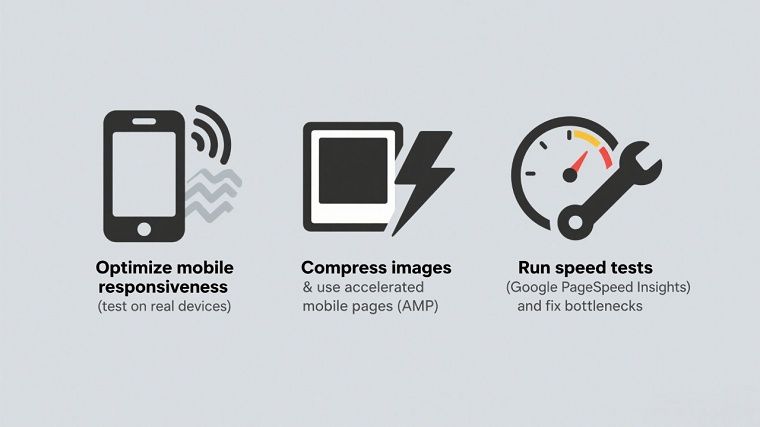
6. Limited Payment Options
Why it happens: If you don’t offer Apple Pay, PayPal, or local payment methods, shoppers may abandon simply because they can’t pay how they want. Missing payment options lead 10% of users to abandon their carts.
Fix it:
- Support digital wallets (Google Pay, Apple Pay, Amazon Pay).
- Incorporate buy now, pay later (BNPL) options like Klarna and Afterpay.
- Conduct research on region-specific payment gateways, such as Alipay for China and iDEAL for the Netherlands.
7. Uncertain Shipping Info
Why it happens: If shipping costs, delivery times, or tracking info are unclear, shoppers hesitate.

|
Tracking Number with Auto Sync Auto Sync Tracking Numbers - Automatically sync the tracking number from AliExpress to your store |
Slow or expensive shipping causes 21% of shoppers to abandon their carts.
Fix it:
- Show real-time shipping estimates (e.g., “Get it by June 10”).
- Offer multiple shipping tiers (express, standard, free).
- Provide order tracking upfront (e.g., “We’ll email tracking ASAP”).
How to Analyze Your Abandonment Rate
Abandonment rates don’t improve by guesswork—they require data-driven diagnosis. Before applying fixes, dig deeper to understand where, why, and who is dropping off. Use these advanced analytical methods to uncover hidden friction points and prioritize the most impactful optimizations.
1. Behavioral Deep Dives
Session Replay Tools (e.g., Hotjar, FullStory):
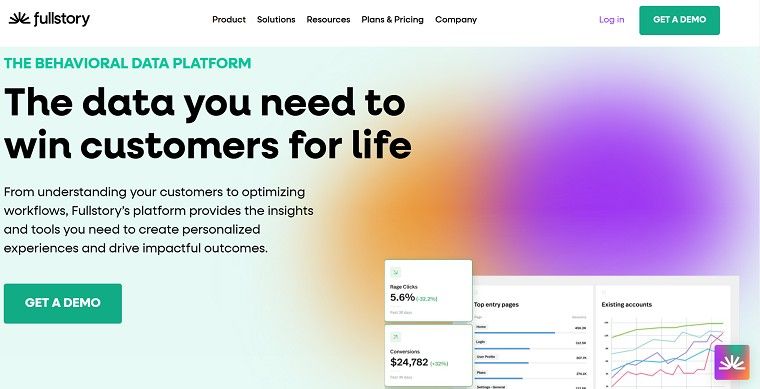
- Watch how users interact with your checkout. Do they hesitate at specific fields? Do they scroll back to check prices?
- Look for rage clicks or repeated errors (e.g., failed coupon entries).
Form Analytics (e.g., Zoku):
- Identify which form fields cause drop-offs (e.g., phone number, address fields).
2. Funnel Segmentation
Slice your abandonment data by:
- Device/OS: Do iOS users abandon more than Android? Is your mobile checkout broken on Safari?
- Traffic Source: Do paid ads have higher abandonment than organic traffic? (May indicate misleading ad claims.)
- Customer Lifetime Value (LTV): Do high-LTV customers abandon less? If so, prioritize retaining them.
3. Exit-Intent Surveys
Use tools like Qualaroo or Survicate to ask abandoning users:
- “What stopped you from completing your purchase?”
- Offer multiple-choice options (e.g., “Shipping costs,” “Payment options,” “Need more product info”).
4. A/B Test Hypothesis Validation
Test fixes before full rollout. For example:
- Hypothesis: “Showing shipping costs earlier reduces abandonment.”
- A/B test: Show a shipping calculator on product pages vs. checkout-only disclosure.
5. Technical Audits
- Checkout Flow Errors: Use tools like Sentry or Google Search Console to detect JavaScript errors during checkout.
- Payment Gateway Failures: Analyze declined transaction logs (e.g., Stripe Radar) to spot recurring issues.
6. Competitive Benchmarking
- Compare your abandonment rate to industry benchmarks, such as the Baymard Institute's 70% average cart abandonment rate.
- Mystery-shop competitors: Do they offer faster checkout, better trust signals, or lower shipping costs?
Case Study: How Skinfix Boosted Abandonment Recovery with Klaviyo

Skinfix, a clean skincare brand running on Shopify, faced rising cart and checkout abandonment rates that were cutting into their revenue. To combat this, their team implemented a data-driven solution using Klaviyo email flows and enhanced tracking via Littledata.
What They Did:
- Connected Shopify to Klaviyo using Littledata for precise cart and checkout tracking
- Launched personalized abandoned cart flows triggered by product type and user behavior
- Built post-purchase email flows to improve retention and customer lifetime value
The Results:
- Achieved a 6-fold increase in revenue through Klaviyo email flows.
- 150% boost in recovered revenue from checkout abandonment flows
- More accurate attribution and segmentation, leading to better recovery from higher-value carts
“By combining Klaviyo’s segmentation tools with enhanced tracking from Littledata, we were able to recover far more abandoned carts—and better understand who was leaving and why.”
— Skinfix Marketing Team
This case illustrates how strategic automation and better tracking can significantly lower your abandonment rate—and grow revenue—without increasing ad spend or relying heavily on discounts.
Top Tools to Help You Combat Abandonment
In modern ecommerce, data-driven strategies and UX optimization boost conversions. These tools cover the customer journey—recovering carts, analyzing interactions, driving upsells, and tracking checkout/funnel performance.
For Shopify or multi-platform businesses, they enable precision marketing to boost efficiency and revenue in competitive markets.
Final Thoughts
Act now to combat abandonment—simplify checkout, disclose costs upfront, and leverage tools to recover lost sales. Even minor adjustments (e.g., guest checkout or trust badges) can tackle the 70% industry-average loss. Analyze data, eliminate friction points, and streamline your process to outperform competitors—there’s no reason to let sales slip at the final stage.










 Company
Company
 Why Choose DSers
Why Choose DSers
 Blog
Blog
 Help Center
Help Center




 Live Chat
Live Chat